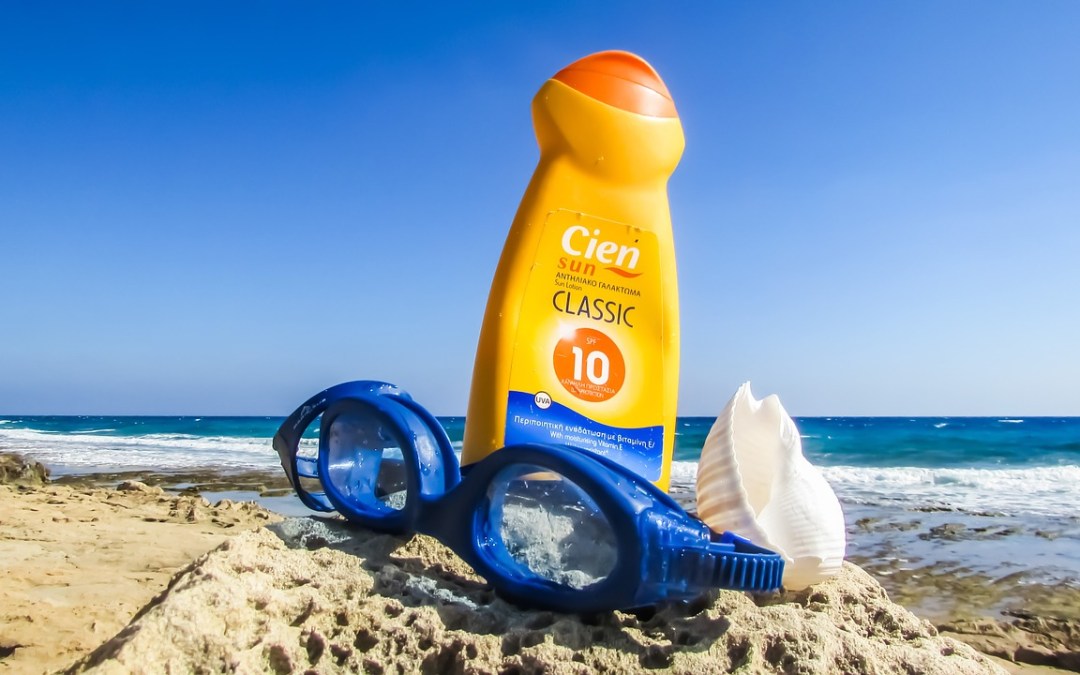How Does Sunscreen Affect Marine Life?

When the sun is shining bright, we are quick to put on sunscreen in order to protect ourselves from sunburn and harmful UV rays, without giving much thought to our sunscreens impact on the marine life and the ocean. While preventing a sunburn can be nice, it’s important to keep in mind the impact so that we can continue to experience some of the best snorkeling adventures, whale watching tours, and other life changing experiences that our oceans have to offer.
Sunscreens are comprised of various complex chemicals, and once you enter the water after applying, it slowly starts to rinse off and spread into the marine environment. Sunscreen in the ocean has forced scientists to observe the damage being done to the ocean, particularly to coral reefs.
According to a recent report, around 7,000 – 13,000 tons of sunscreen is being washed off in the ocean and damaging coral reefs each year. This is a massive amount. Consider that you only need a concentration of 62 parts/trillion, which is the equivalent of a drop of water in an Olympic swimming pool, to cause toxicity in the ocean.
How Sunscreen Can Harm Marine Ecosystems
The most harmful ingredient in most sunscreens, which has an enormous impact on the marine environment, is oxybenzone. Oxybenzone has been linked to coral death and reef damage, particularly in young species. Oxybenzone stops coral in its infancy from reaching maturity because it disrupts the development of coral hormones and causes them to produce additional calcium carbonate. This results in corals encasing themselves in their own skeleton, unable to reproduce, and they eventually die.
Oxybenzone is also linked to coral bleaching, compelling corals to force out the colorful algae living within them, leaving behind the bleached-looking exoskeleton that eventually leads to coral reef death.
From their research scientists have concluded that climate change isn’t the only thing that’s severely damaging the marine environment and the coral reefs. Other than sunscreen’s harmful ingredients, tourism, developments, and microplastics all add additional stress to the fragile environment, decreasing coral reef resilience. Whenever global events like El Niño or acidification occur, the reefs become too weak to survive.
Certain Sunscreens Damage Coral Reefs
When coral reefs are damaged tourism based economies and ecosystem feel the after effects. Protecting your skin can damage the very reefs you’re fortunate enough to be visiting. The scientific link between oxybenzone and reef damage have forced sunscreen manufacturers to develop and release “reef safe” products.
Thankfully, Hawaii has become the first state to officially ban the sale of all sunscreens containing chemicals detrimental to coral reefs. This law went into effect January 1, 2021, at which point the sale or distribution of sunscreens containing oxybenzone and octinoxate has been strictly prohibited.
Over the last few years, many alternative sunscreens have come on to market. Companies have taken the initiative of manufacturing biodegradable, and aquatic toxicity tested body-care products. The products are specifically designed to not only protect you and your family from the sun’s damaging rays but the waters of our beautiful planet as well. These products are tested ensure that they do not damage the marine environment.
With such valuable products available in the market, brands are starting to highlight the relationship between the marine environment and harmful ingredients as an issue that needs to be controlled.
With coral reefs being such a fragile habitat, the additional stress and aftermath of sunscreens are only worsening the problem. The marine environment is not only for scuba divers or beachgoers to enjoy; it’s also vital to the protection of our environment. And now in Hawaii, it’s not only good practice, it’s the law!

